South America’s major metropolises like Buenos Aires, Rio de Janeiro, and Lima have long dominated tourism and investment across the continent. However, a new generation of cities is emerging from the shadows, poised to become significant economic and cultural hubs in the coming years.
Here is a list of 20 underrated South American cities that experts predict will experience tremendous growth by 2030, offering fresh opportunities for travelers and investors alike.
Florianópolis

This island city in southern Brazil combines tech innovation with natural beauty, earning the nickname ‘Silicon Island’ for its growing startup ecosystem. The city’s 42 beaches attract digital nomads and entrepreneurs seeking work-life balance, while government incentives for tech companies have sparked an innovation boom.
Arequipa
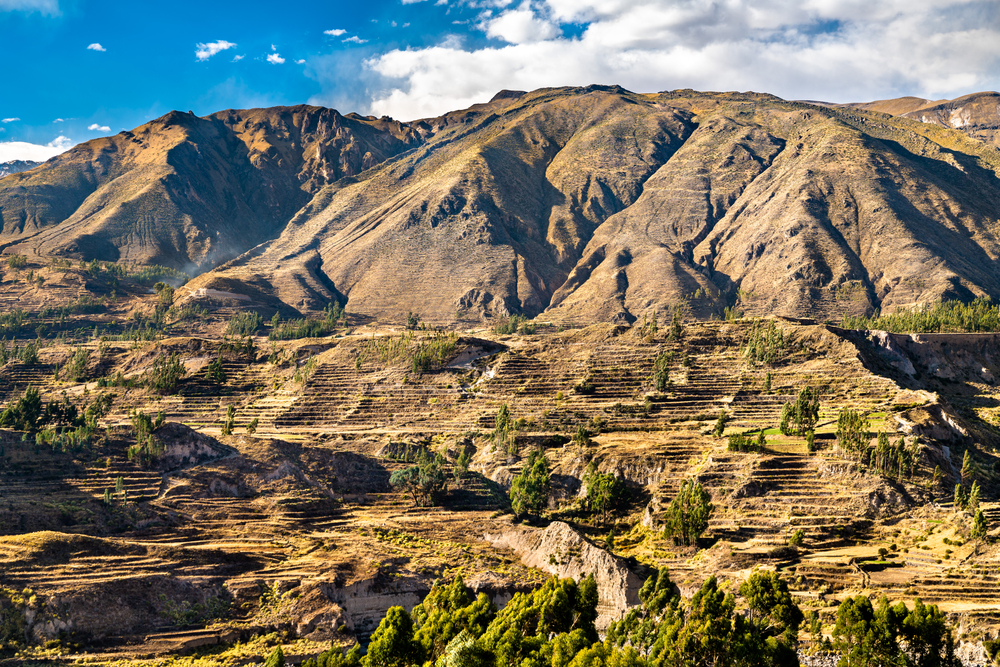
Peru’s White City sits beneath three dramatic volcanoes and features stunning colonial architecture built from sillar, a white volcanic stone. Already a UNESCO World Heritage site, Arequipa’s expanding food scene and growing manufacturing sector have positioned it as Peru’s economic counterbalance to Lima.
Like Travel Pug’s content? Follow us on MSN.
Concepción

Chile’s university city has transformed from an industrial center into a cultural and educational powerhouse. Its strategic location between Santiago and the frontier regions makes it a natural hub for Chile’s expanding tech and service industries.
Cuenca
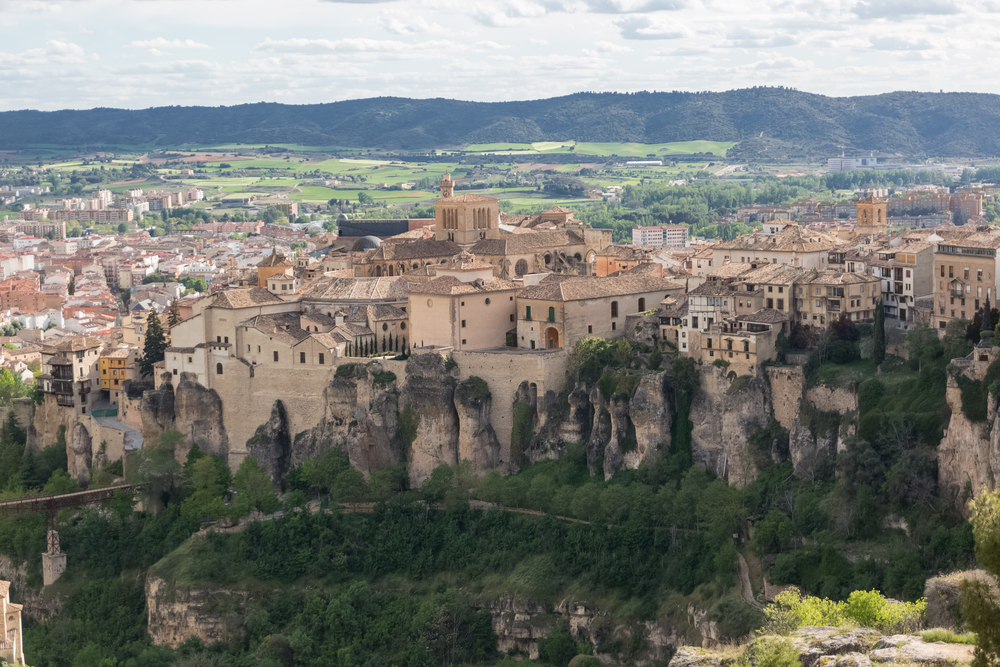
Ecuador’s colonial gem combines preserved 16th-century architecture with modern infrastructure and a growing expat community. The city’s affordable cost of living, spring-like climate year-round, and improving healthcare facilities attract retirees and remote workers from across North America.
Santa Marta
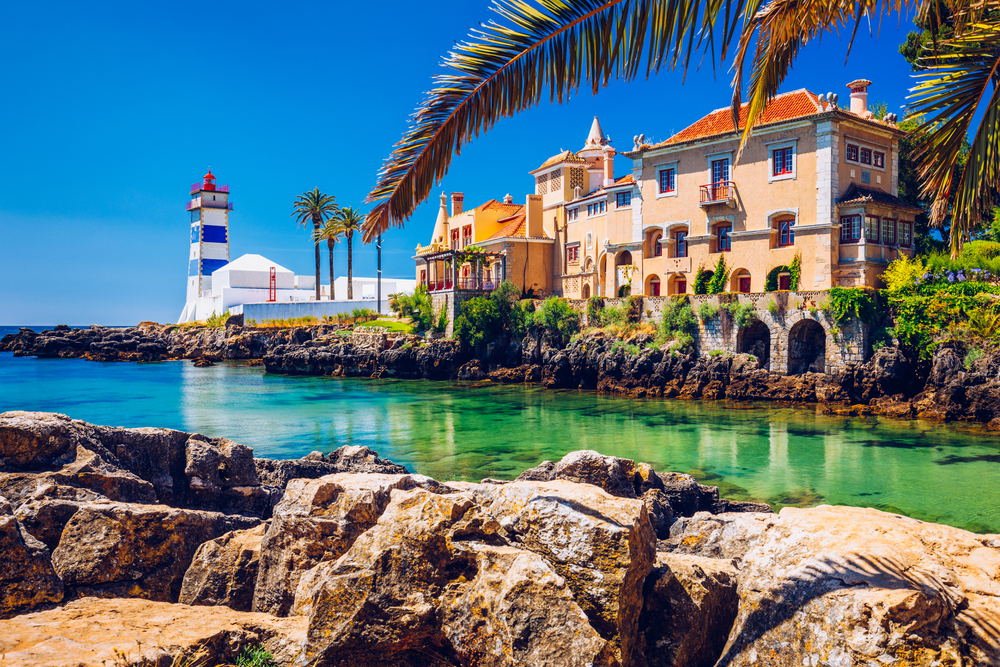
Colombia’s oldest city offers the perfect combination of Caribbean beaches, proximity to the Sierra Nevada mountains, and a rapidly developing urban core. Major investments in port facilities and tourism infrastructure have positioned Santa Marta as Colombia’s next coastal boom town.
Like Travel Pug’s content? Follow us on MSN.
Encarnación
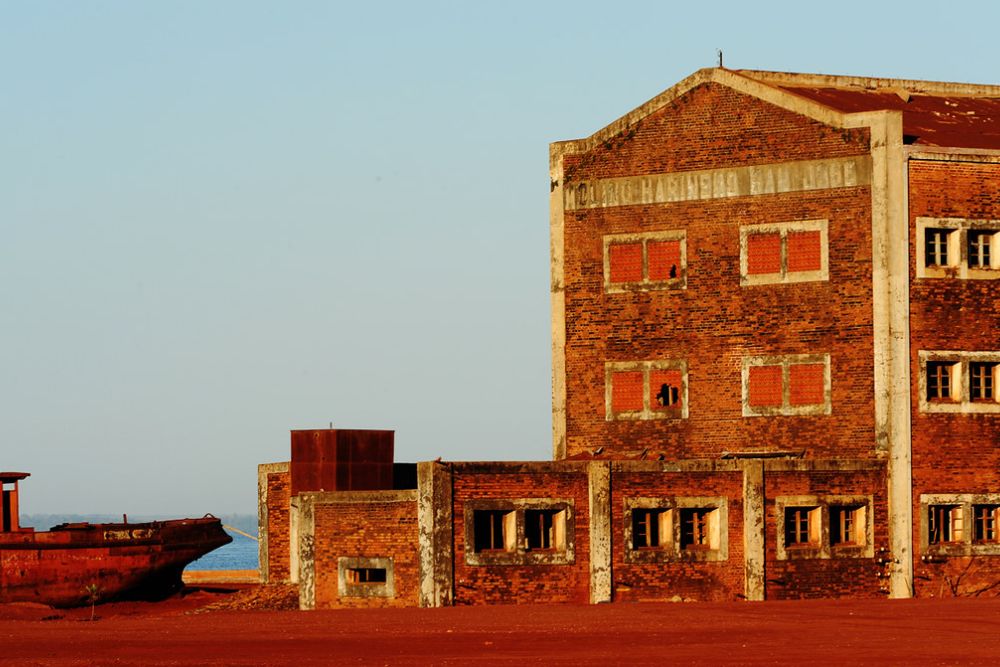
Paraguay’s ‘Pearl of the South’ sits on the Paraná River across from Argentina and has undergone a remarkable transformation following the completion of the Yacyretá Dam project. The city’s stunning river beach, affordable living costs, and position as a trade gateway make it Paraguay’s fastest-growing urban area.
Arica
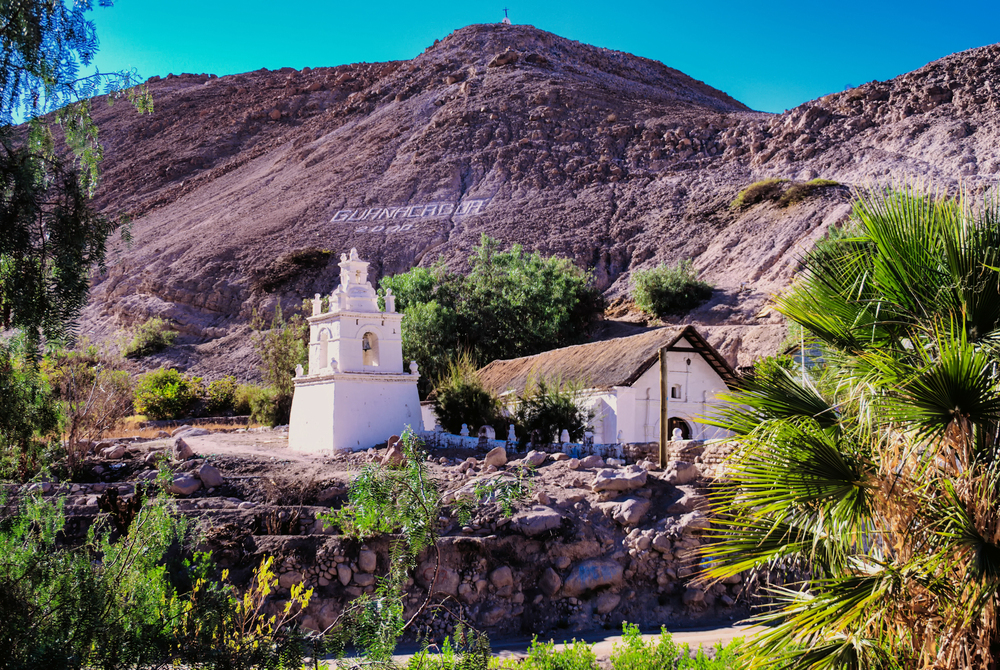
Chile’s northernmost city serves as a crucial trade link between the Pacific and neighboring Bolivia. Recent free trade zone expansions and investments in solar energy production have energized Arica’s economy, while its year-round perfect weather and surfing beaches attract lifestyle migrants.
Tarija
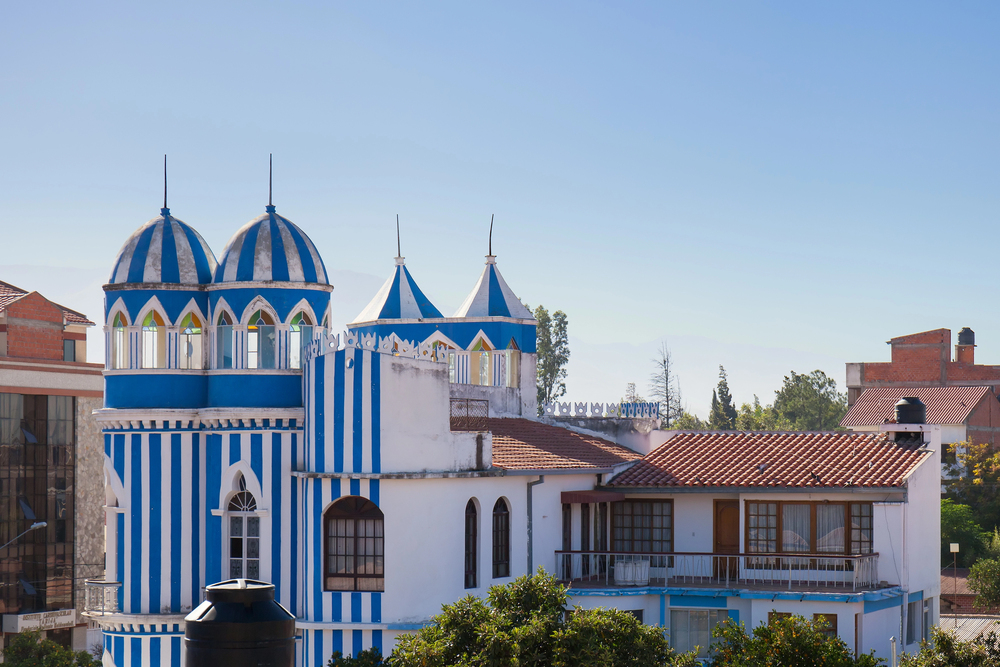
Bolivia’s wine country capital offers Mediterranean climate, colonial architecture, and is the center of the country’s emerging wine industry. The city’s gentle pace of life combined with growing investments in tourism and agricultural technology have created a uniquely livable urban environment with increasing international connections.
Like Travel Pug’s content? Follow us on MSN.
Manizales

Located in Colombia’s Coffee Axis, this mountain city has reinvented itself as an education and technology hub while maintaining its coffee heritage. The city’s innovative cable car public transportation system connects previously isolated neighborhoods, while its six universities produce tech talent driving Colombia’s digital economy.
Pucón

This Chilean lakeside city sits in the shadow of a perfect cone-shaped volcano and serves as the adventure capital of the country. Growing international awareness of Chile’s Lake District has positioned Pucón for tremendous tourism growth, while climate refugees from hotter regions seek its temperate conditions.
Salto

Uruguay’s second city offers thermal springs, agricultural wealth, and a strategic location on the Argentina border. Massive investments in Uruguay’s agricultural technology sector have made Salto a center for innovation in food production and water management.
Like Travel Pug’s content? Follow us on MSN.
Merida

This Venezuelan city in the Andes maintains a high quality of life despite national challenges, with a growing reputation for safety, education, and cultural preservation. The city’s five universities and high elevation provide a climate of eternal spring that continues to attract domestic migration.
Iquitos
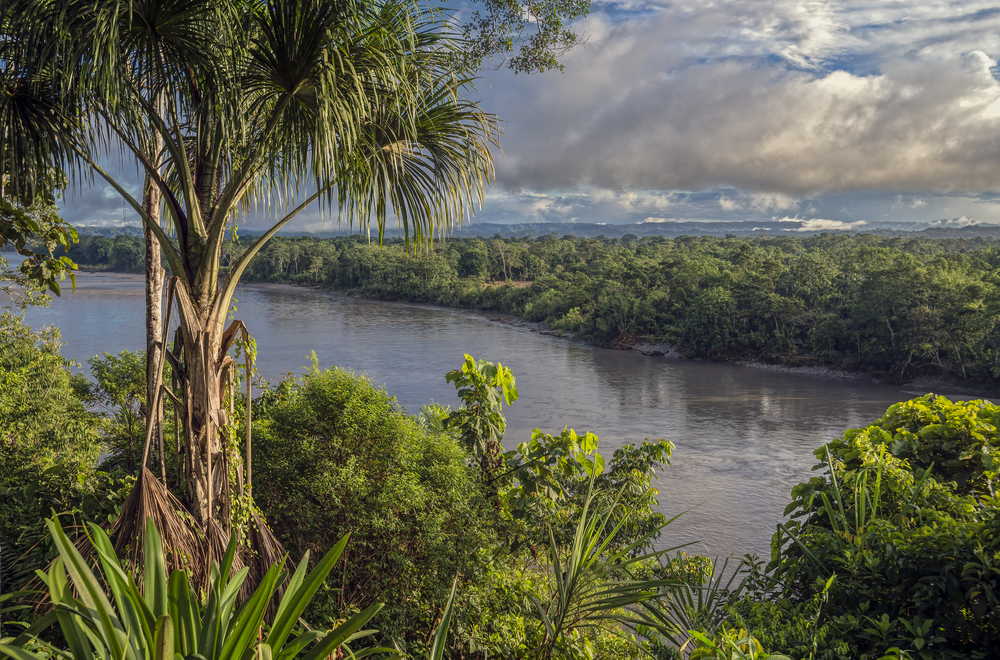
The world’s largest city unreachable by road, this Peruvian Amazon hub can only be accessed by air or river. Growing global interest in sustainable rainforest tourism and biodiversity research has positioned Iquitos as the gateway to the Amazon’s future conservation economy.
Valdivia

Chile’s river city offers German heritage, vibrant university culture, and a strategic position as the gateway to Patagonia. Major investments in earthquake-resistant infrastructure and sustainable urban planning have created a uniquely resilient city poised for expansion.
Like Travel Pug’s content? Follow us on MSN.
João Pessoa

Brazil’s easternmost city boasts the country’s cleanest urban beaches, affordable living, and expanding digital infrastructure. Strategic investments in education and fiber optic networks have created an emerging tech hub with significantly lower costs than Brazil’s southern cities.
Sucre
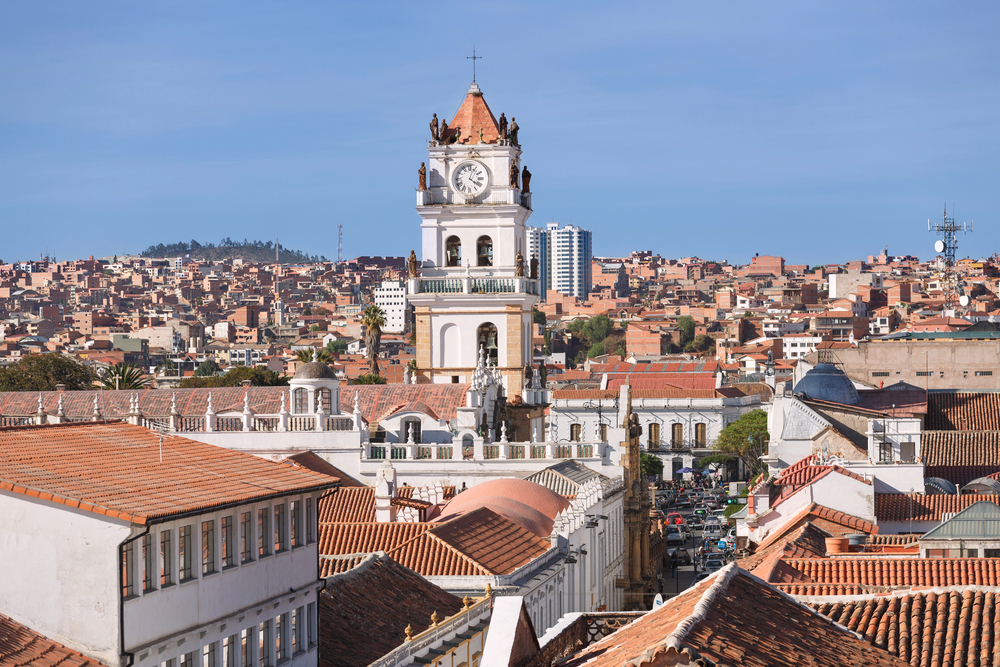
Bolivia’s constitutional capital preserves its Spanish colonial architecture while developing as a center for international education and cultural tourism. The city’s prestigious universities and language schools attract students from across the Americas, creating a cosmopolitan atmosphere despite its small size.
Corrientes
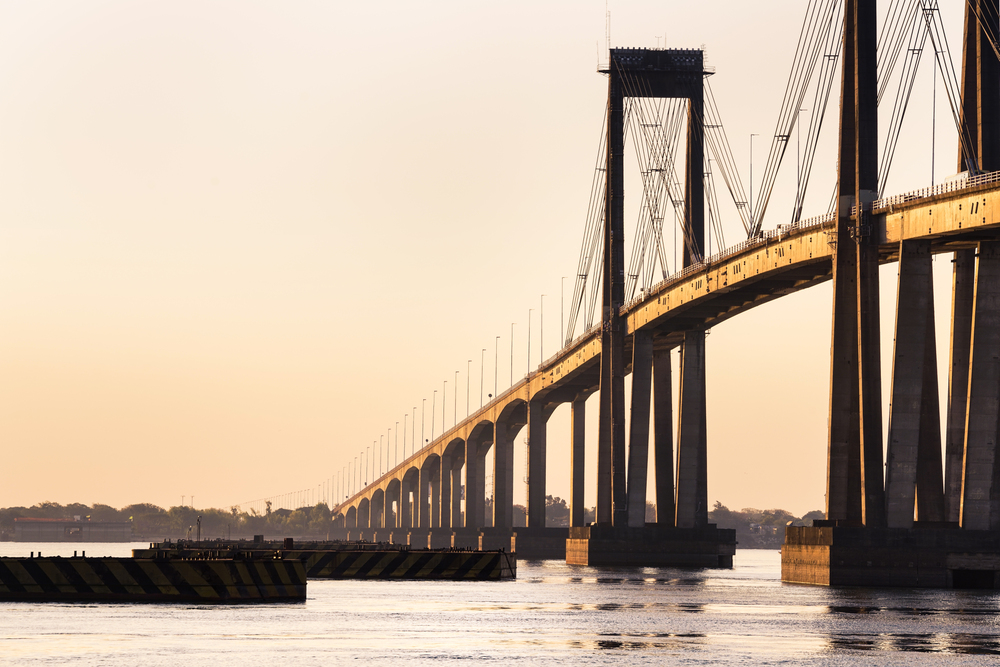
This Argentine city on the Paraná River serves as a crucial transportation hub and gateway to the Iberá Wetlands, one of South America’s most important ecological reserves. Expanding ecotourism and the development of the Paraná-Paraguay waterway have accelerated growth beyond traditional agricultural exports.
Like Travel Pug’s content? Follow us on MSN.
Villavicencio

Colombia’s gateway to the eastern plains has transformed from a frontier town to a sophisticated urban center bridging the Andes and Amazon regions. Major infrastructure investments connecting the city to Bogotá have cut travel time in half, unleashing economic potential previously limited by isolation.
Antofagasta

Chile’s mining capital has leveraged its mineral wealth to diversify into solar energy, desalination technology, and astronomy tourism. The city’s position beside the Atacama Desert has transformed from liability to asset as solar energy and space observation industries expand rapidly.
San Lorenzo

Paraguay’s fastest-growing city sits across the Brazilian border and has emerged as a commercial powerhouse fueled by cross-border trade. The city’s strategic position and special tax status have attracted massive Brazilian investment, creating a boomtown atmosphere despite limited international recognition.
Like Travel Pug’s content? Follow us on MSN.
More from Travel Pug

- 20 Towns Built for One Purpose That Were Later Abandoned
- 15 Hidden Spots in Disney World’s Magic Kingdom Most Visitors Miss
- 20 Photos of the World’s Most Beautiful Glacial Lakes
- 15 Canyons in the U.S. That Are Just as Stunning as the Grand Canyon
- 10 Under-the-Radar Mountain Towns That Are Both Affordable and Beautiful
Like Travel Pug’s content? Follow us on MSN.
